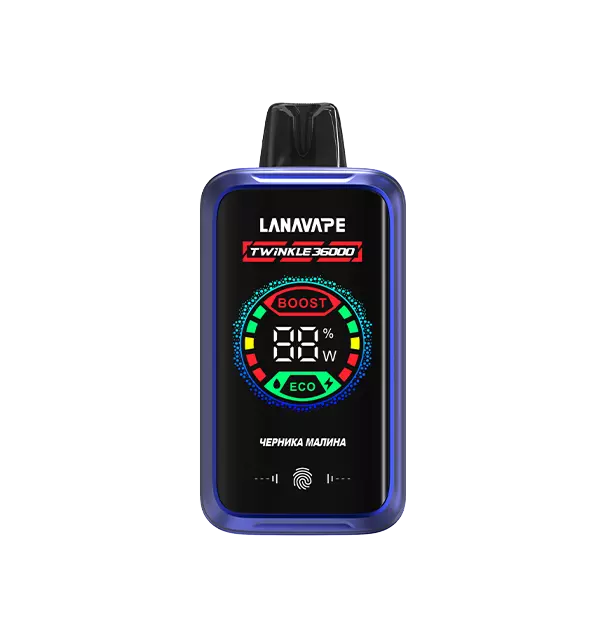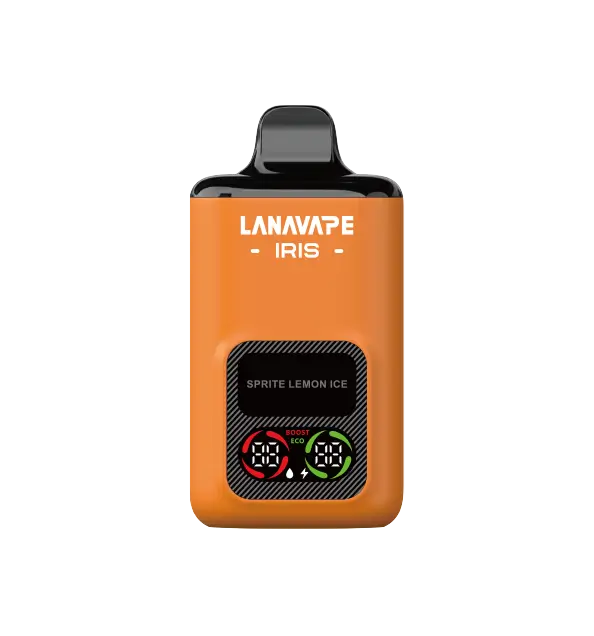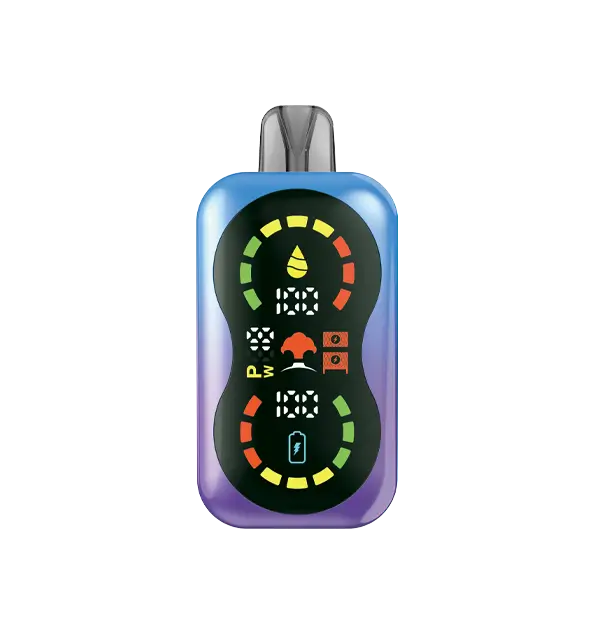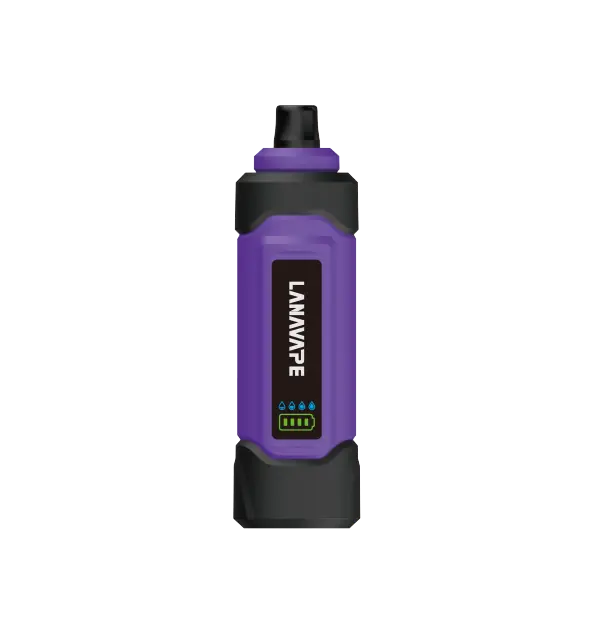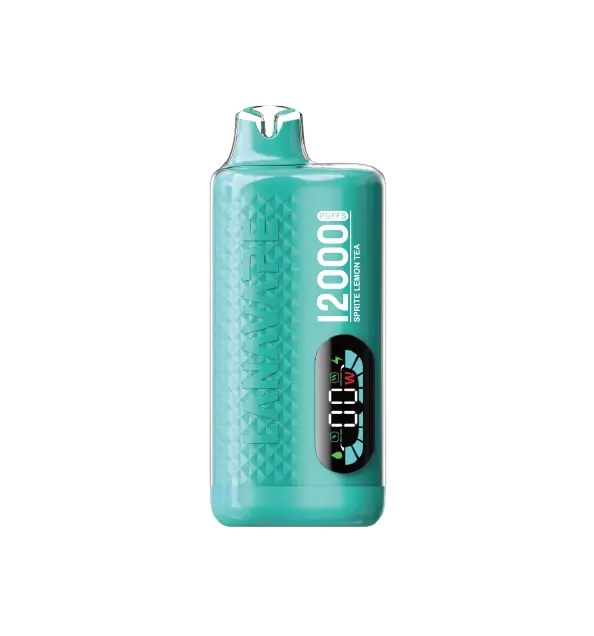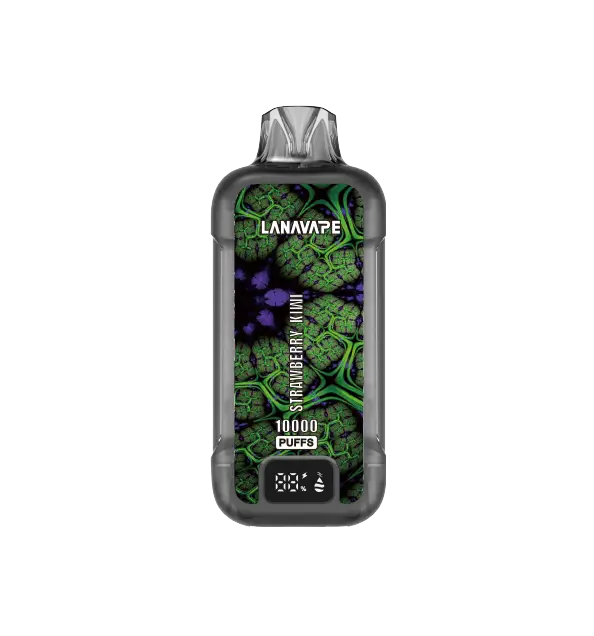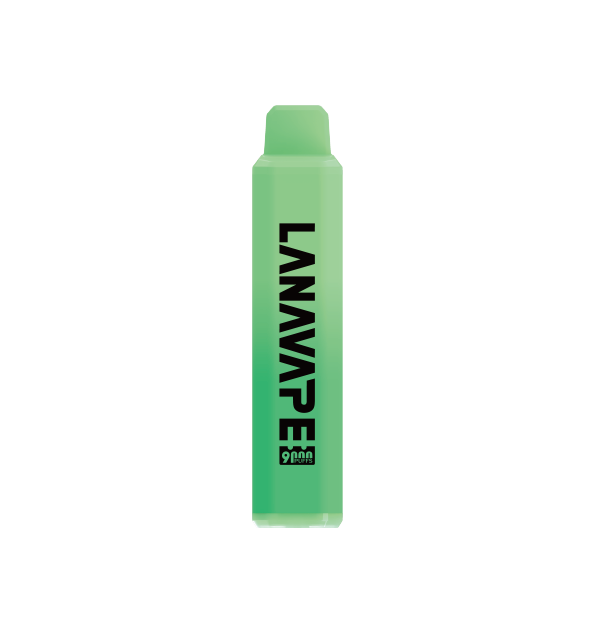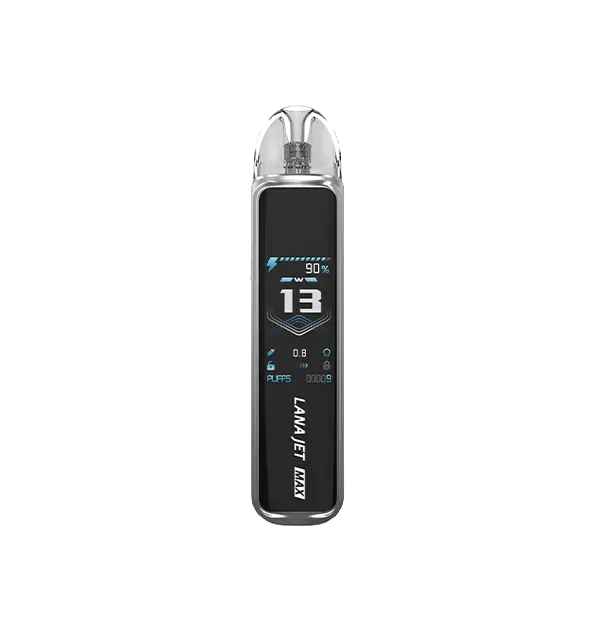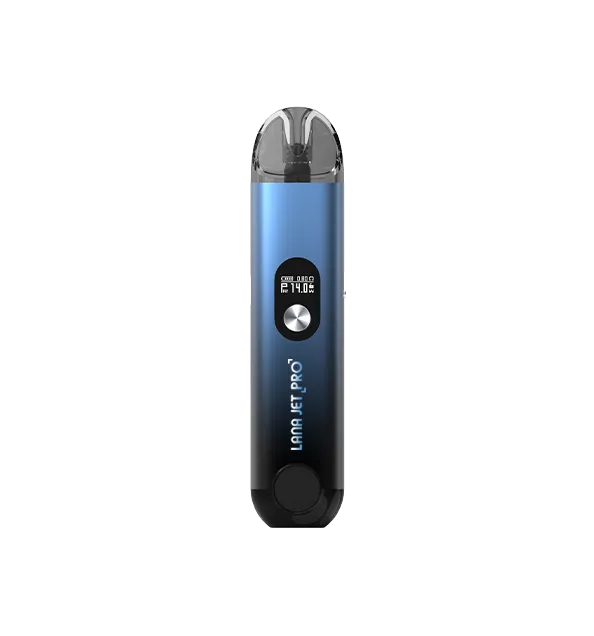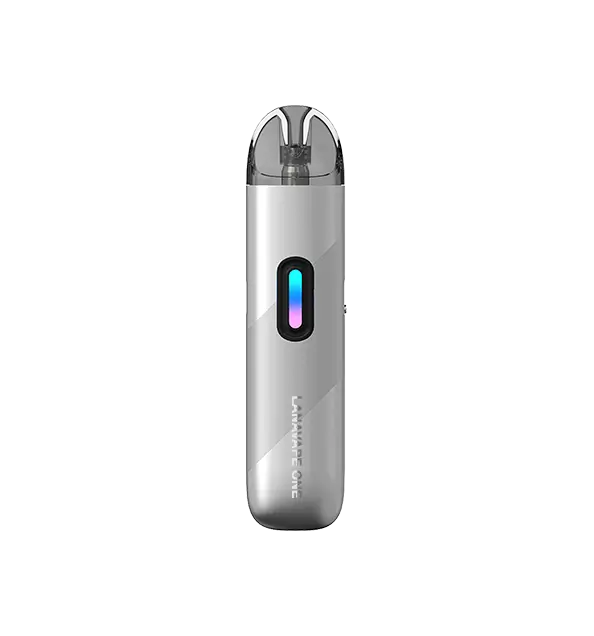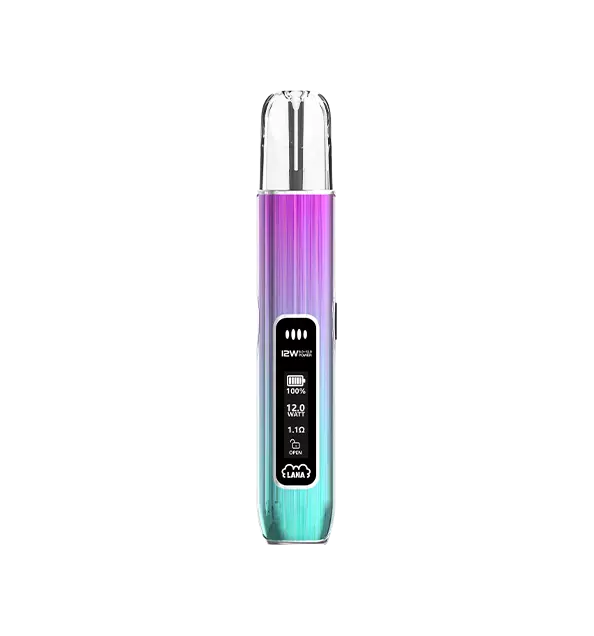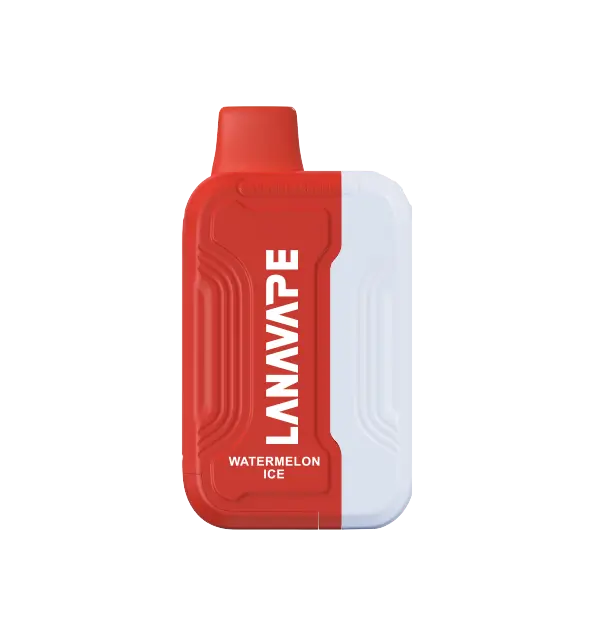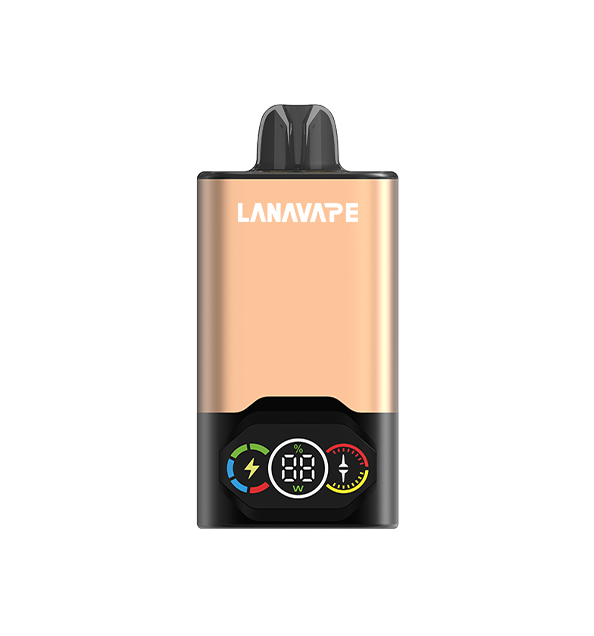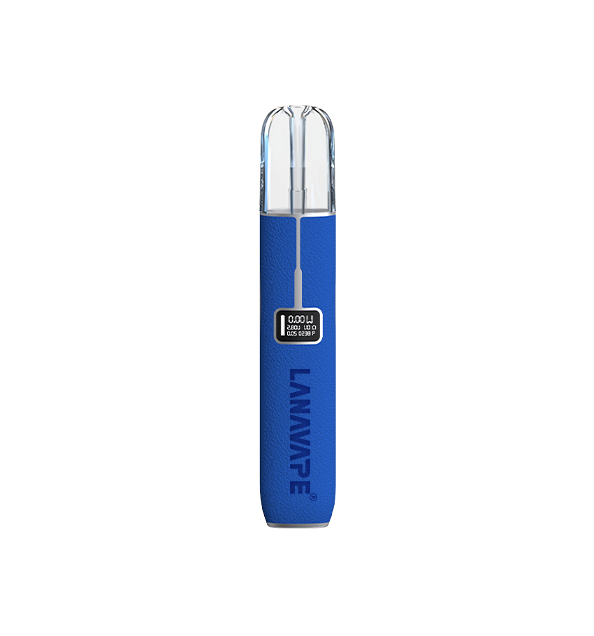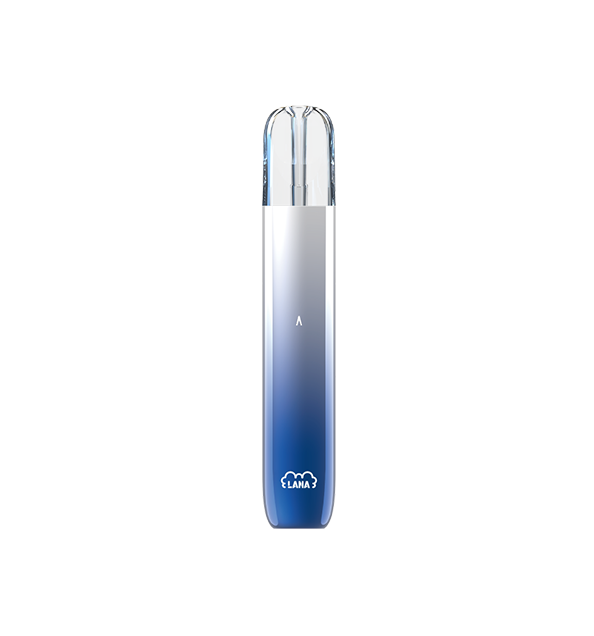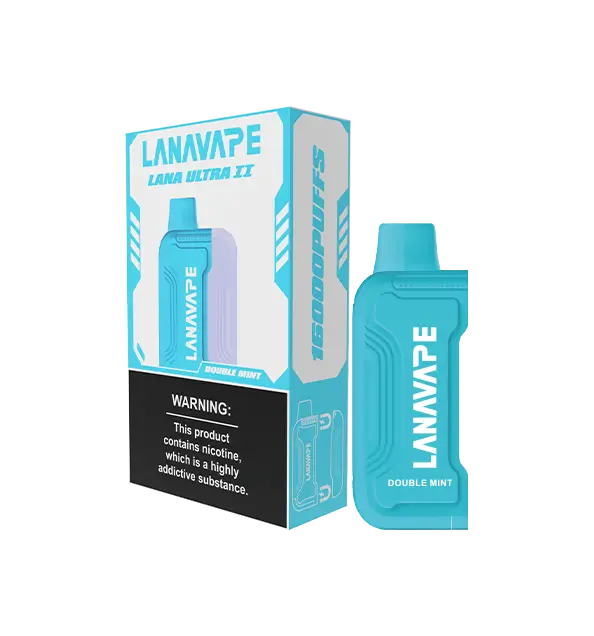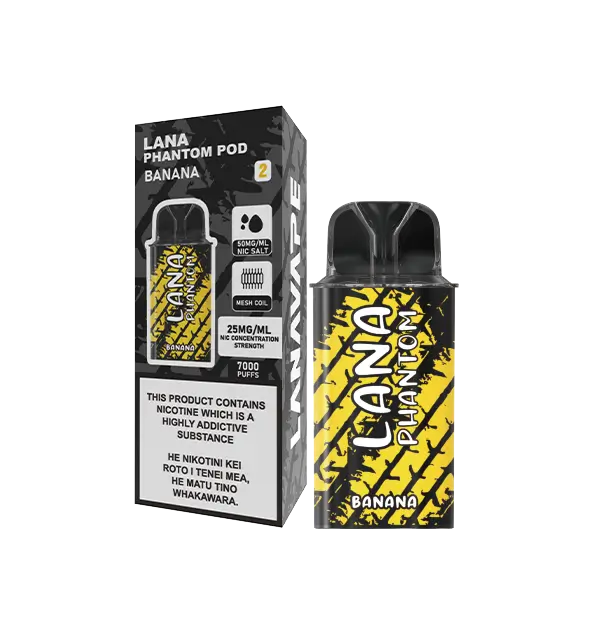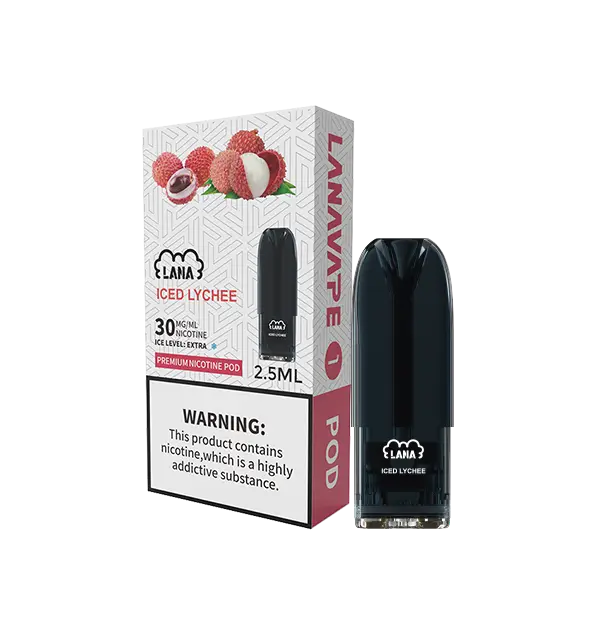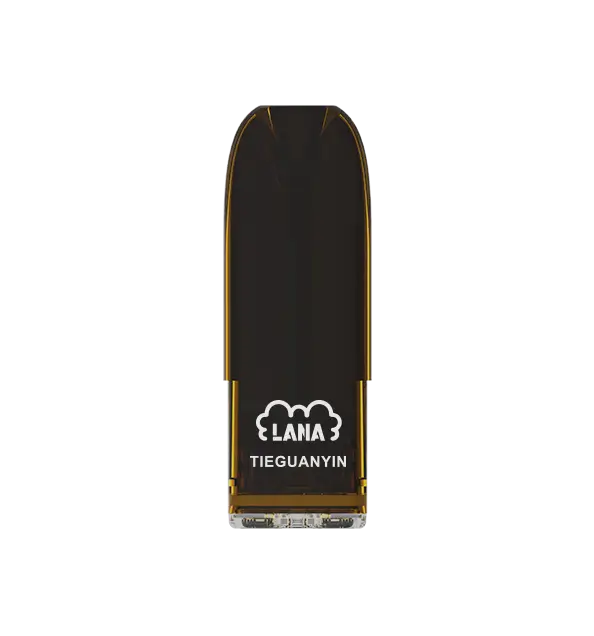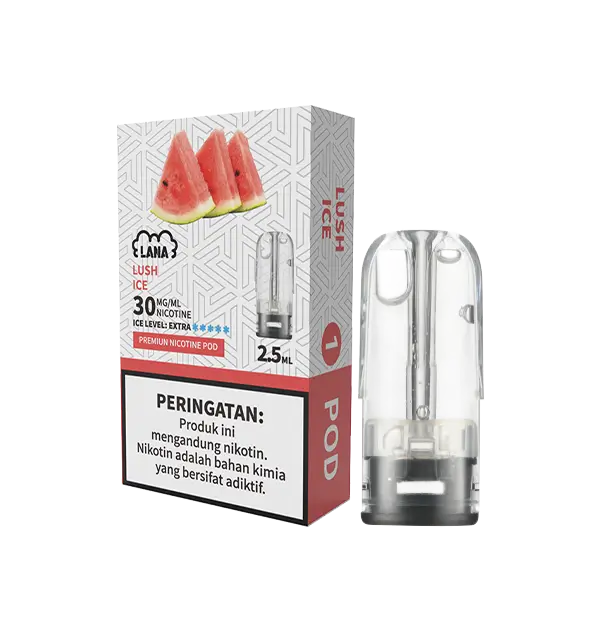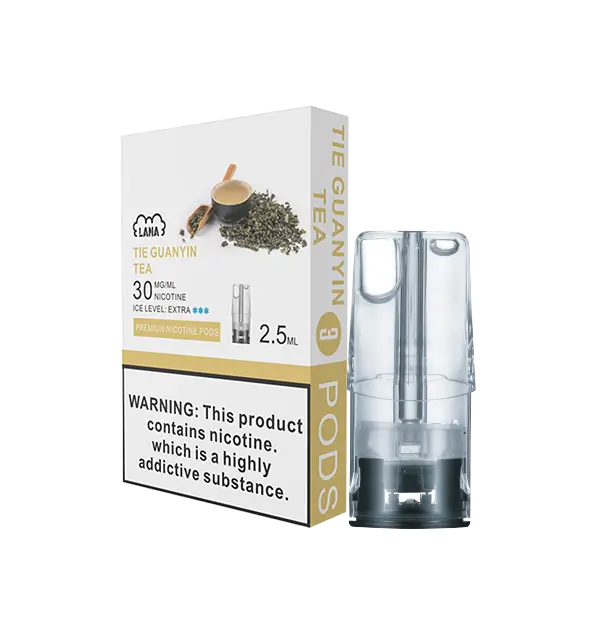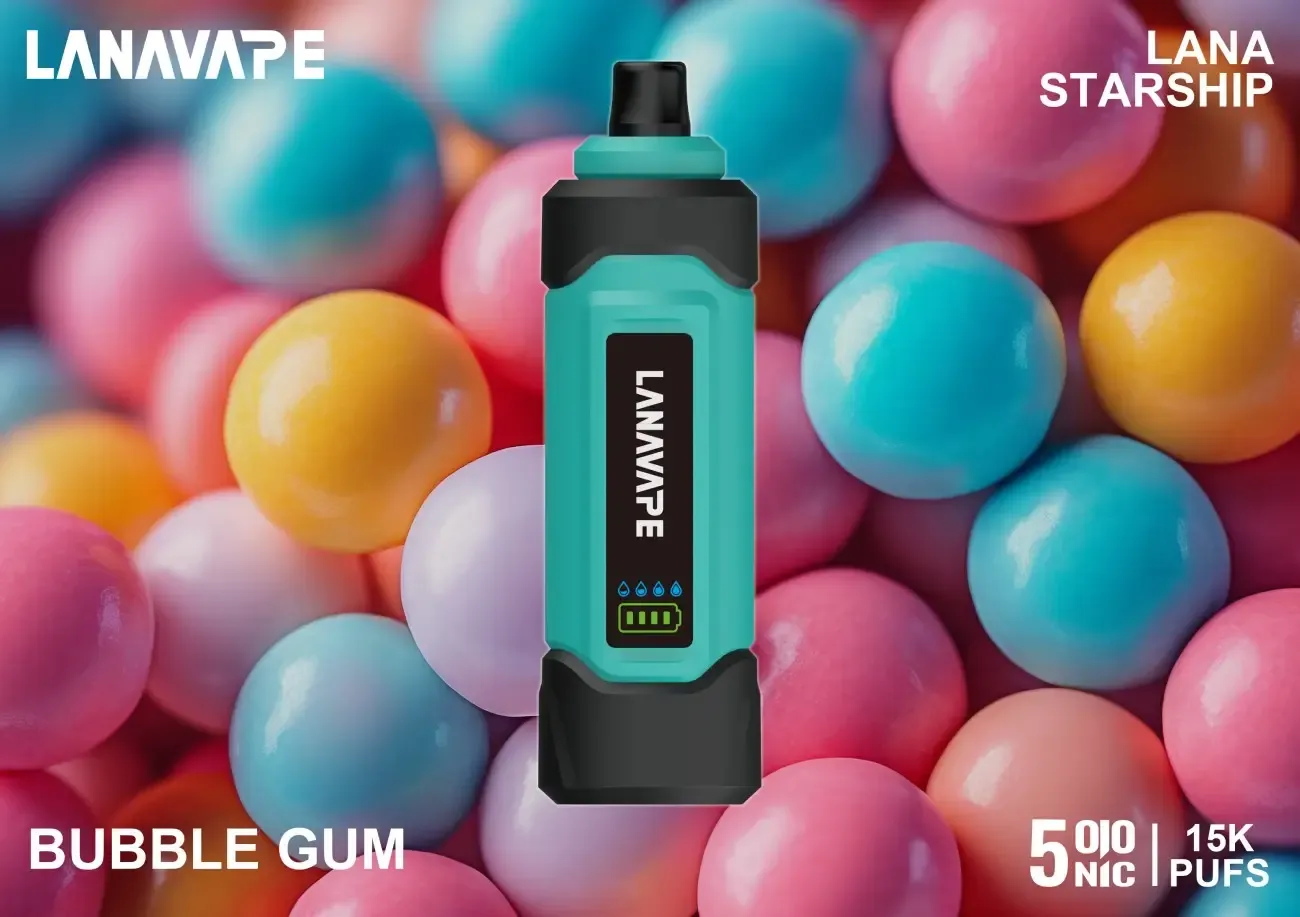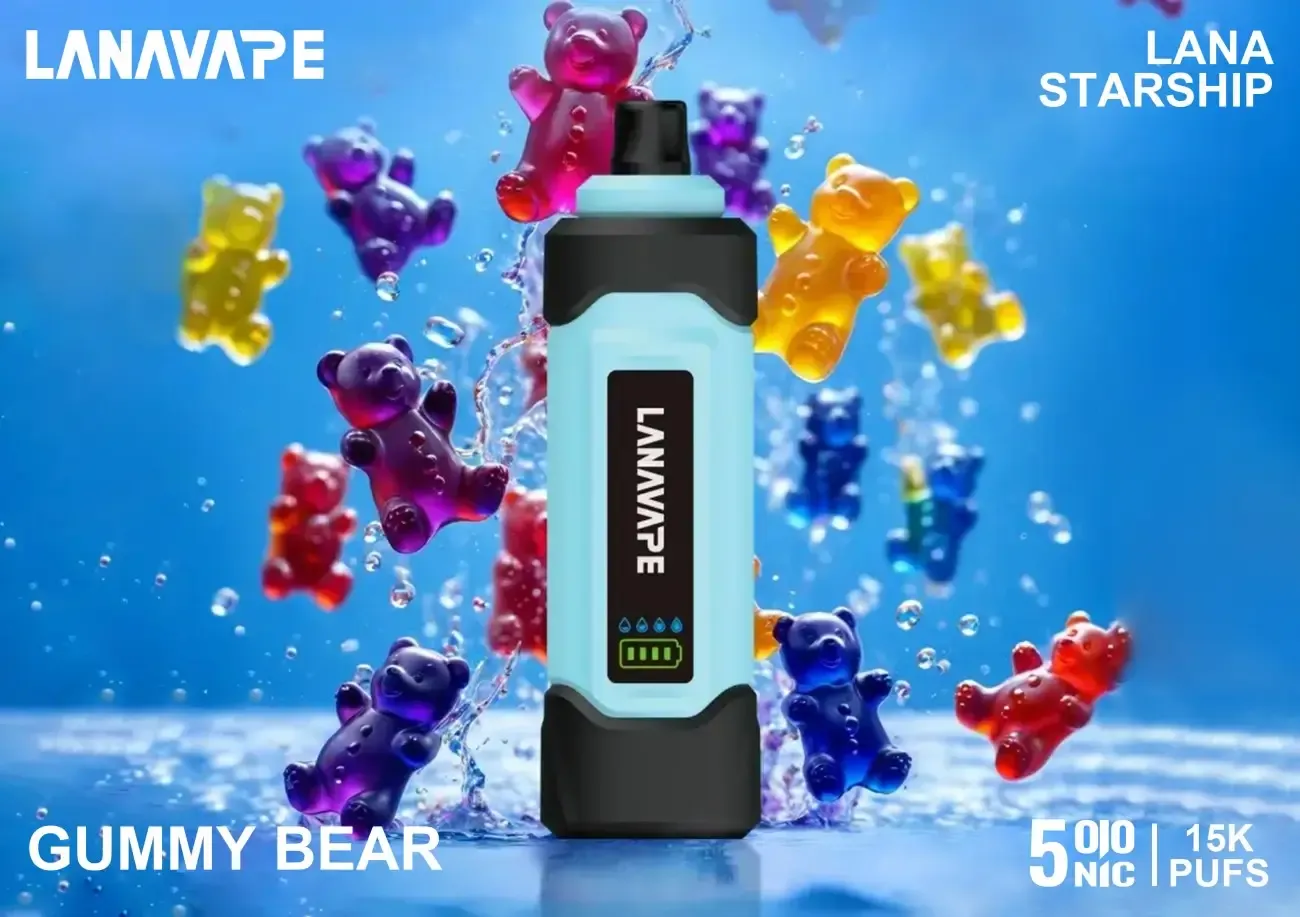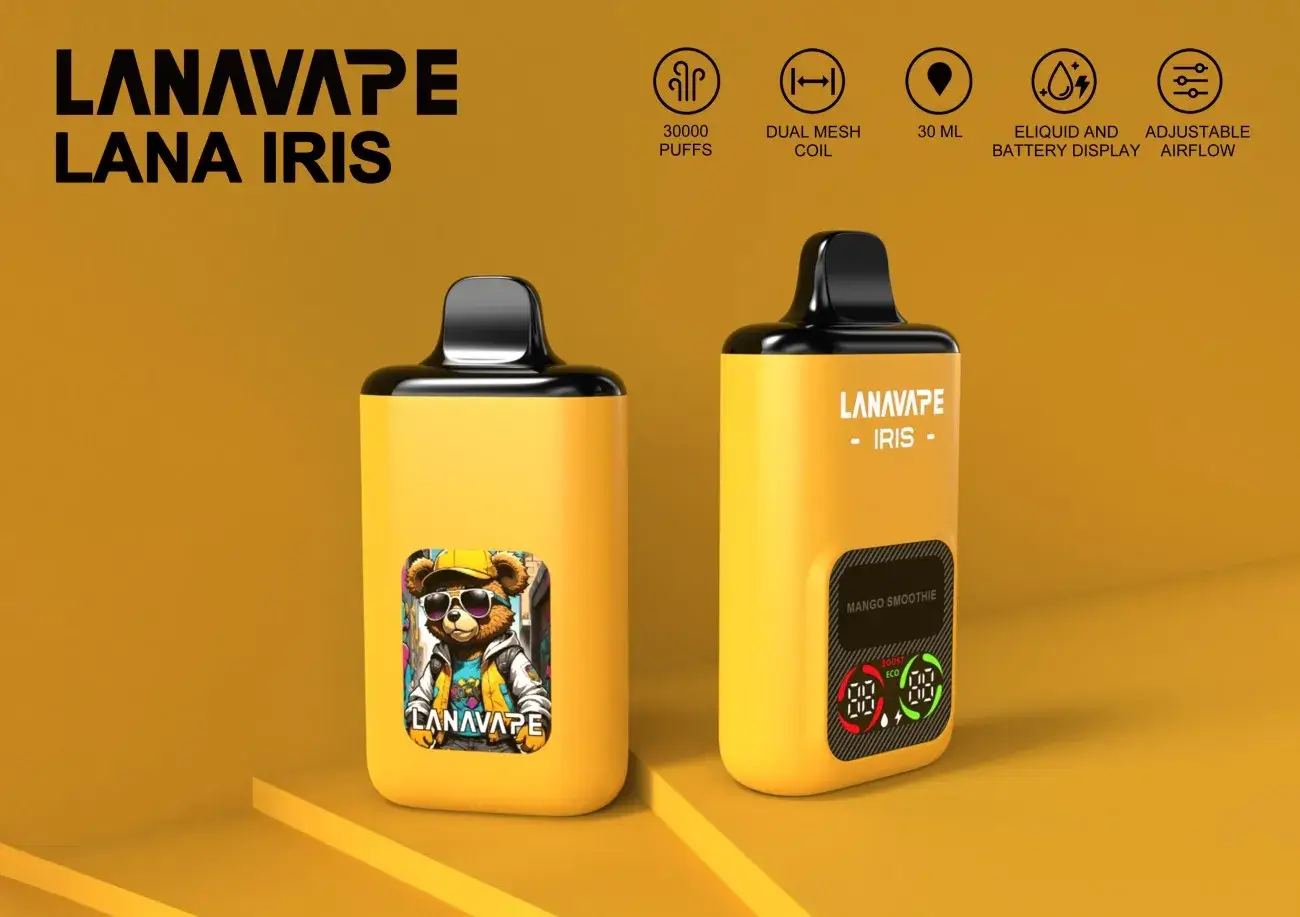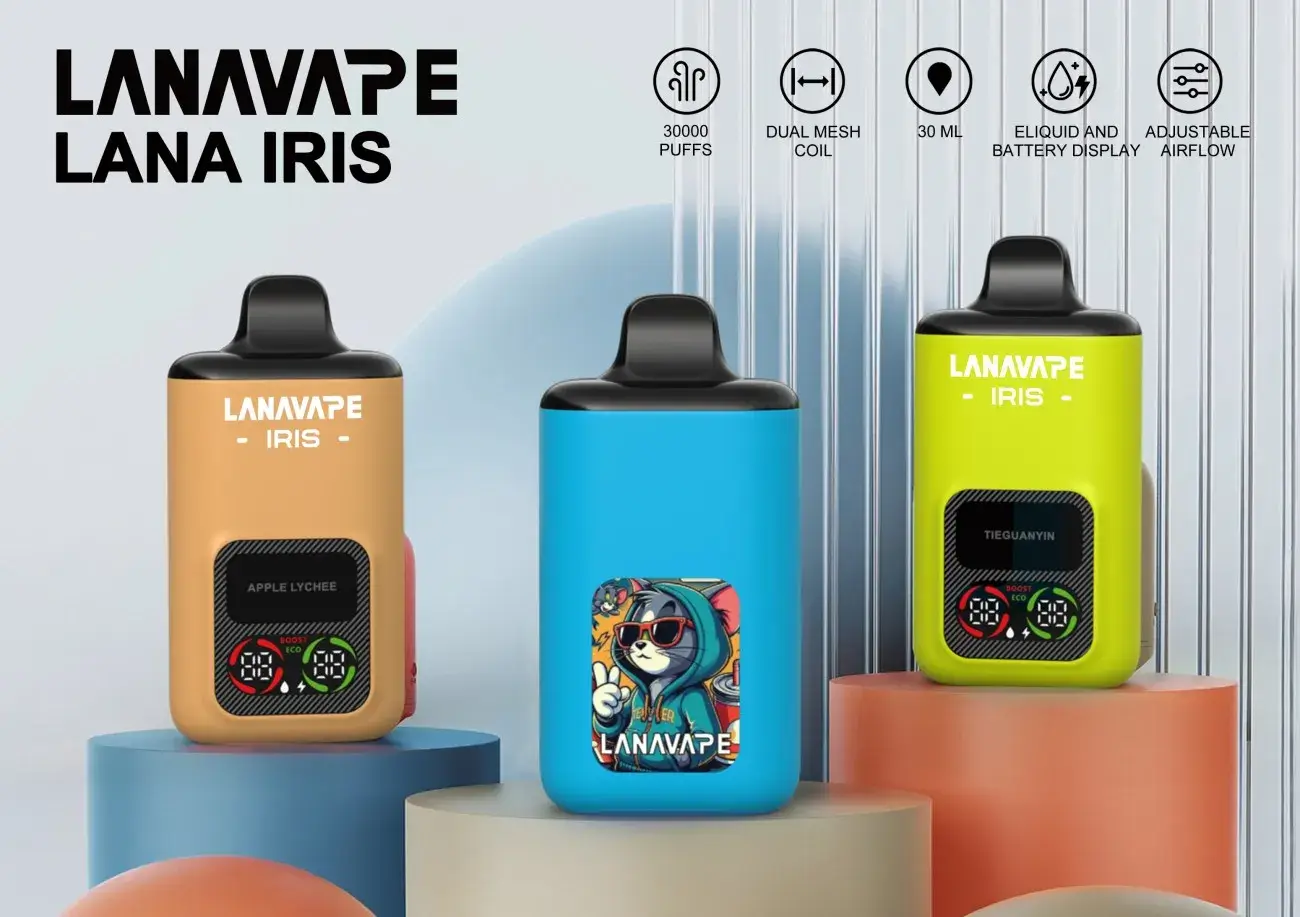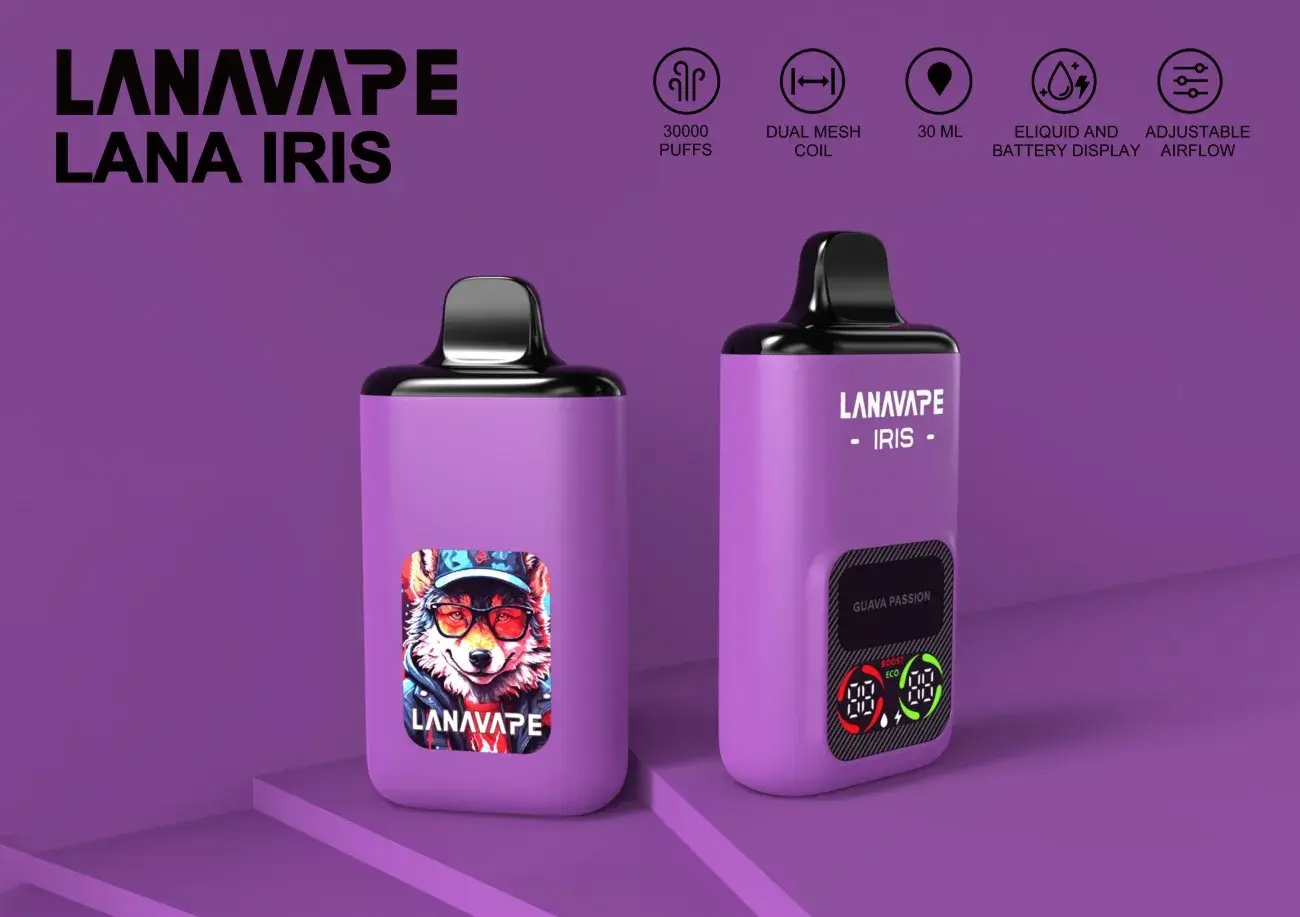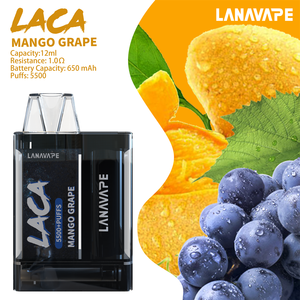
Lana pens are an increasingly popular way to consume dry herb materials and cannabis oil. Lana pens are often simpler and lighter weight than their cousins, the more advanced portable vaporizers like the XXL Bar, but how exactly do they work? With a one-button functionality, an easy-to-use installation process, and an affordable price point, these devices are a go-to choice for adults interested in cannabis consumption without breaking out the rolling papers or undergoing a significant learning curve.
What is it about Lana pens that sets them apart from more traditional consumption methods? Much of it has to do with what Lana pens don’t do. Read on to learn more about how Lana pens work and why interest in them is spiking.
WHY ARE Lana pens SO POPULAR?
The appeal of Lana pens stems from what they don’t produce: smoke. Lana pens and other personal vaporizers don’t combust material, which means that dry herb isn’t burned like it would be if lit with a lighter. This is due to careful temperature control: fire burns way hotter than the average vape pen, incinerating material instead of gently vaporizing.
Among other things, this means that Lana pens are an excellent low-profile option for consumption, producing significantly less odor and not requiring additional accessories to use. This discretion makes Lana pens an excellent choice for those who consume but don’t wish to draw attention.
WHAT ARE THE COMPONENTS OF A VAPE PEN?
Lana pens are named such because of their long, pen-like appearance. They come in a variety of styles and colors, as well as variances in functionality, most often temperature settings. Most Lana pens support cannabis oil cartridges with 510 connectors.
Even with these variables, most Lana pens have two major components: the battery and the cartridge. The “lower half” of the vape is called the battery, even though it contains several parts necessary to vaporize the materials in the cartridge.
Here’s a basic breakdown of a vape pen’s components:
Materials compartment: A vape pen has a dedicated area to place dry herb or concentrates. When discussing concentrates, it is referred to as a cartridge if it comes pre-filled for one-time use.
Battery: Often rechargeable and built in to the device, the battery powers the heating element which creates the vapor. All vaporizer types that do not plug into a power source have a battery. Battery life varies from device to device, and many can be recharged via USB -Type-C charging.
Atomizer: This small heating element inside the vape pen converts the concentrate or dry herb material into vapor. The atomizer is often made of ceramic or quartz.
Power button: Most Lana pens and personal vaporizers have a single button which controls the on/off switch and adjusts the temperature of the heating element. Some models require the consumer to hold the button while in use.
Mouthpiece: The mouthpiece is attached to the end of the cartridge. A consumer places his or her mouth on the mouthpiece to draw vapor.
Sensor: Depending on the model, the sensors detect when the consumer is pressing the button or inhaling.
LED indicator: This shows the consumer when the device is on, in use, or needs to be charged. They can be located on the bottom of the battery, around the multi-function button, or elsewhere on the device.
Portable vaporizers like the Lana Bar have slightly different components than a vape pen. For example, portable vaporizers have a chamber, sometimes called an oven, which can be filled with dry herb, concentrate, or both. The heating element of a portable vaporizer is different, too, with most portable vaporizers ditching the atomizer and replacing it with a conduction or convection heating system, depending on the model. These models are usually wider and heavier than Lana pens.

